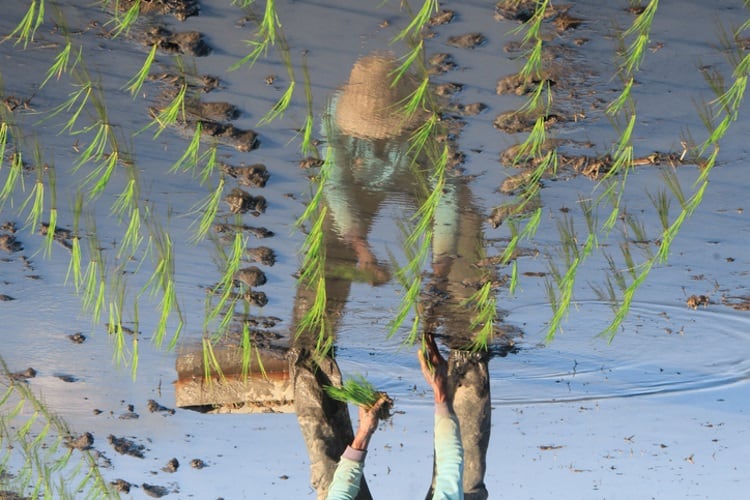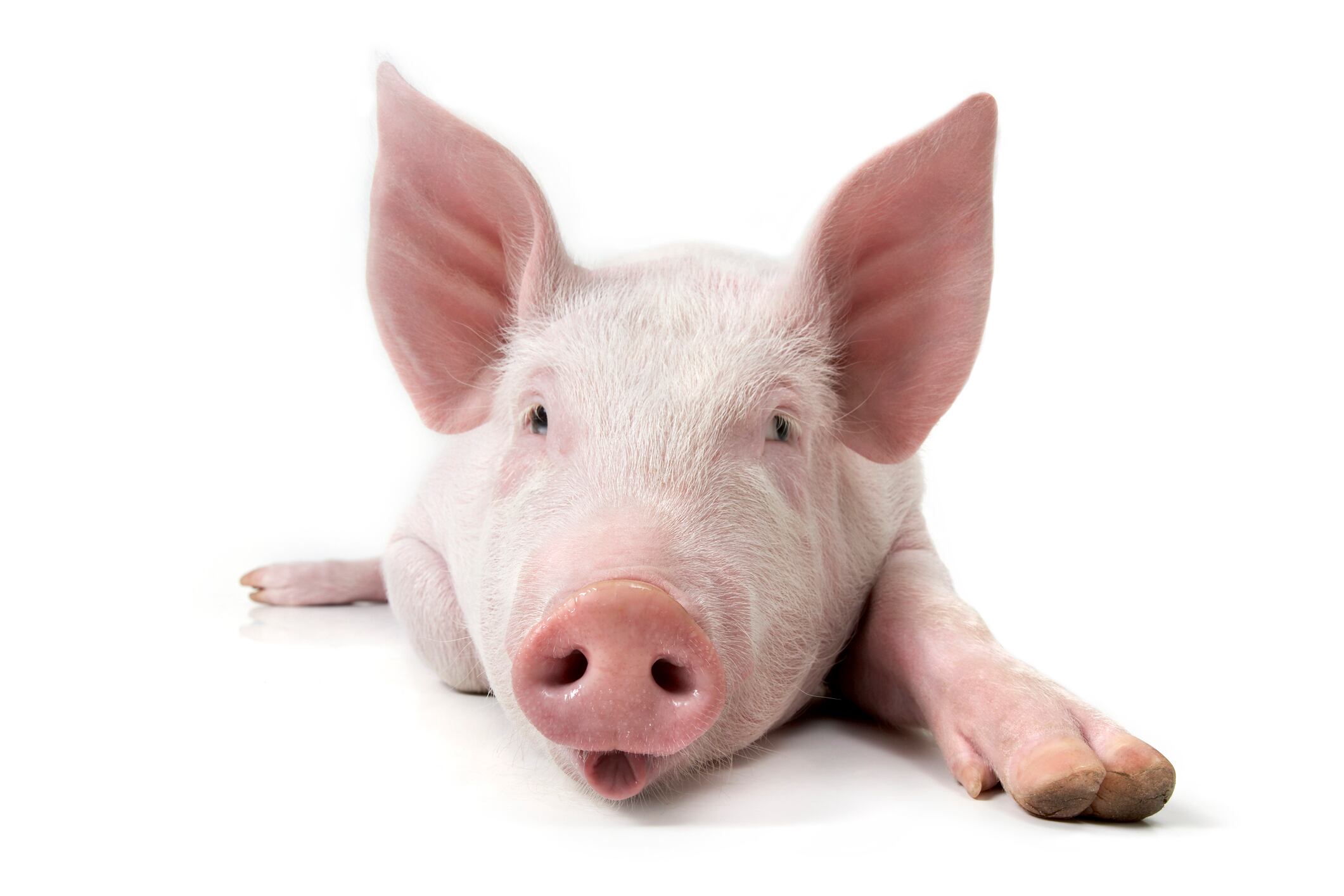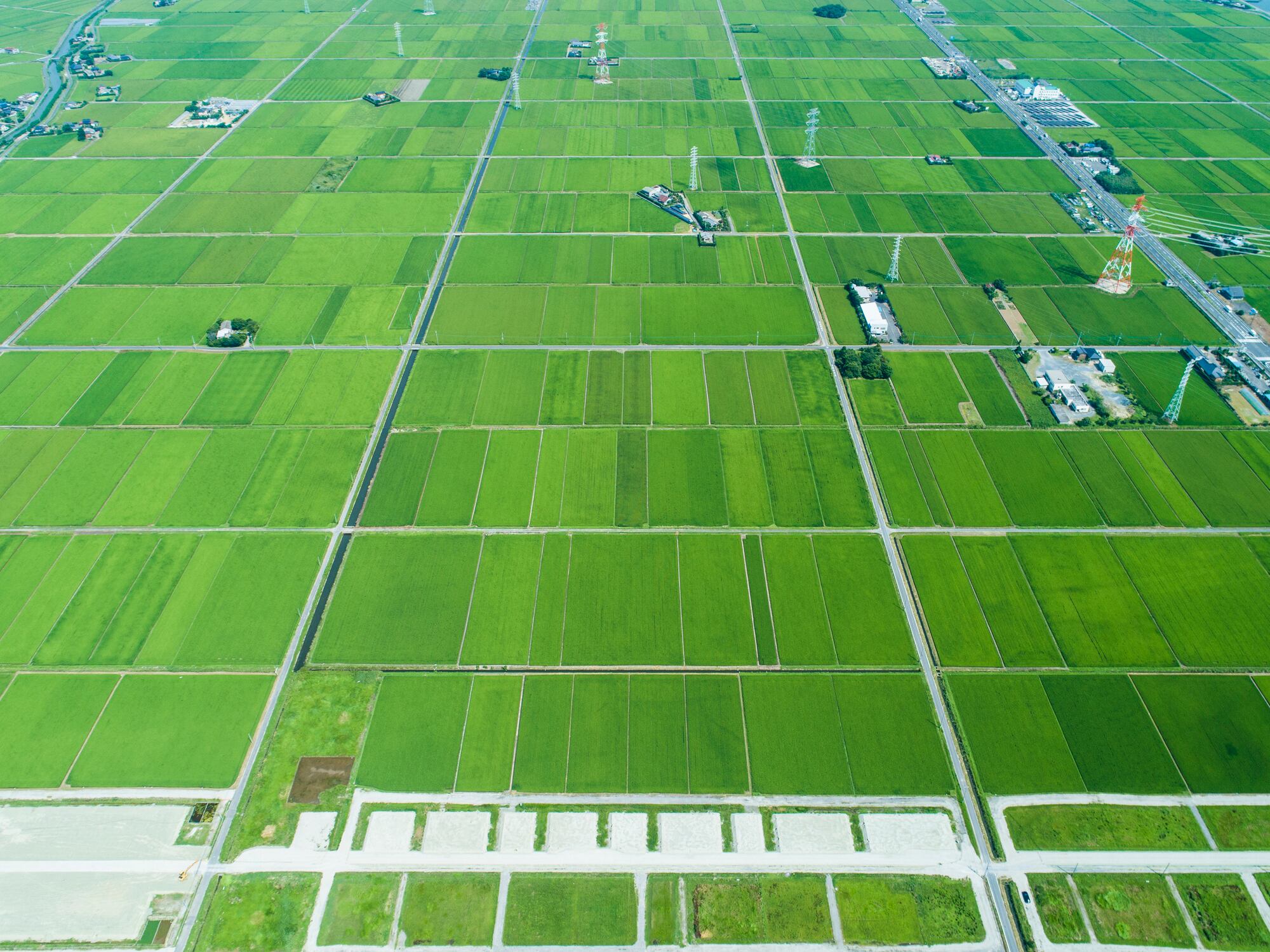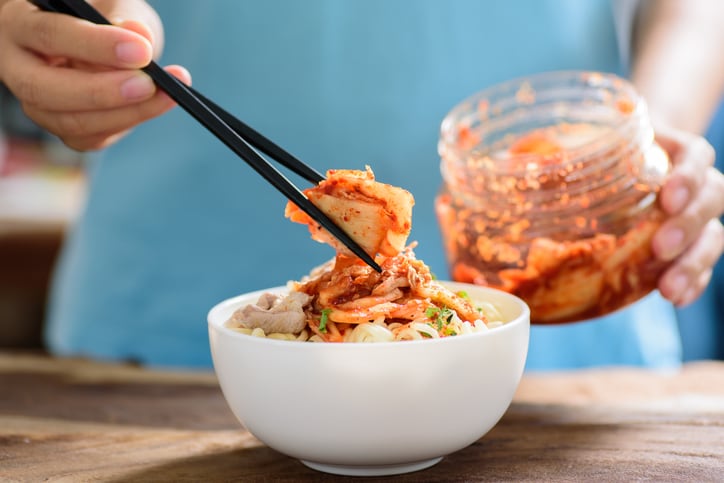The study was conducted across 17 trial sites in the rice growing regions of India by AgReveal, a contract research organisation.
Phytalix demonstrated an 83% reduction in BLB severity, outperforming current available treatment by over 20%.
By controlling BLB, trial sites with high BLB pressure saw up to 30% yield increase.
On average, Phytalix boosted yields by 13% across all trial sites, including sites impacted by other rice diseases like Sheath Blight or Rice Blast.
“The success of our field trials in India demonstrates Phytalix is a major step forward for farmers and global food security, offering effective and long-lasting disease control while also making rice production more resilient to growing environmental and market challenges,” said Srinivas Veeranki, managing director of AgReveal.
Speaking to AgTechNavigator, Ascribe co-founder and chief executive Jay Farmer said the next step was to secure regulatory approval.
“We’re embarking on the studies needed to support that regulatory approval. As a small company here in the US, we recognise that the best path to market is to work with the market leaders who are already in in this space. They have relationships with the growers, they understand the regulatory pathways, and so we’ll be looking to enter some collaborations or partnerships.”
A big win for smallholders
Rice is a staple in the diets of half of the world’ population and the majority of it is produced and consumed in Asia.
One of the biggest threats to rice crops is BLB, a widespread and devastating disease caused by the bacterium Xanthamonas oryzae.
It is a major threat to food security, causing crop losses of up to 70% in severe infestations.
Despite this, available BLB treatments have been insufficient or have glaring shortcomings.
“People do treat it, but neither of the existing treatments are sufficient,” said Farmer.
Many farmers try to counter the disease with chemical pesticides, namely copper salts, which offer limited protecting yet are toxic to the environment and degrades soil health.
Antibiotics such as streptomycin and tetracycline are also commonly used but can lead to antibiotic resistance.
According to the World Health Organisation (WHO), the use of these antibiotics is not a long-term solution to protect rice crops against BLB.
Despite the downsides of using copper salts and antibiotics, smallholder farmers often have little choice but to turn towards them.
“There’s a certain level of desperation if you’re a smallholder farmer,” said Farmer.
While others are working to develop varieties that are resistant to BLB, Farmer believes replacing them with newer, disease-resistant varieties are not the best solution.
“The challenge, especially in countries like India where agriculture is dominated by smallholders, is that farmers often grow crop varieties tailored to their specific micro-environments… When you replace those local varieties with newer, disease-resistant ones, you risk losing that diversity. I don’t want to sound negative about breeding—there’s huge potential there—but it’s not a complete solution on its own.”
A broad-spectrum solution
Ascribe positions Phytalix as a healthier, more sustainable, and more powerful defence against BLB in rice.
It is a naturally derived molecule that strengthens the plant against diseases.
“This is a specific molecule that plants have evolved to recognise. And if it senses it, they get ready by priming their immune system to get ready for an attack… It’s not too dissimilar to vaccines, which exposes your immune system to a particular pattern that’s associated with a pathogen, so you’ll have some resistance to the disease. As it turns out, plants can do a similar thing,” explained Farmer.
Phytalix initially focused on combating fungal pathogens in crops like those in the US and Brazil, aiming to replace chemical fungicides.
“When we eventually started testing on rice in Asia, it was a delightful surprise to see really strong activity against this bacterial pathogen,” said Farmer.
“We had known from early lab work this priming of the plant’s immune system could improve resilience not just against fungi, but also bacteria and even viruses in some cases. But we hadn’t done much fieldwork outside of fungal pathogens until the rice trials, so seeing that level of performance against BLB was a really encouraging outcome, especially given how serious a problem it is for rice farmers.”





